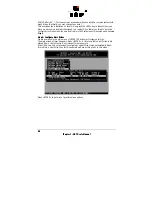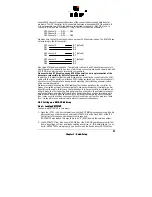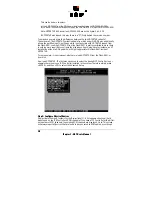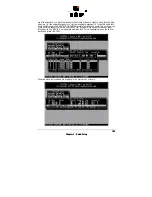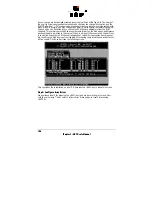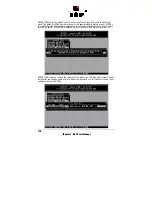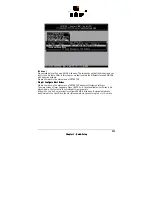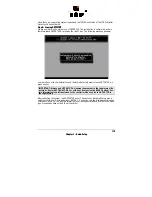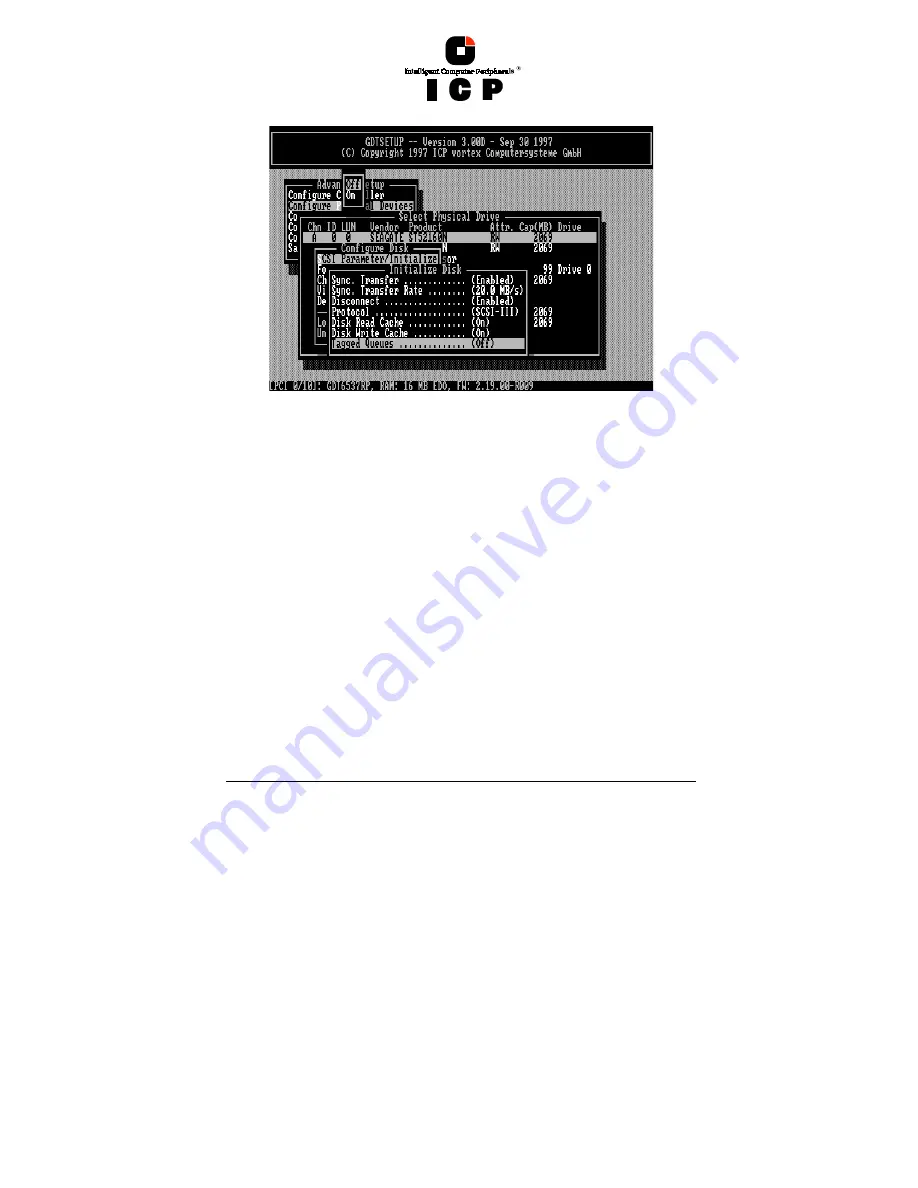
&KDSWHU&*'78VHUV0DQXDO
1. Sync. Transfer: Enable
The SCSI-bus allows an asynchronous and a synchronous transfer. Every SCSI device must
be able to perform the first type of transfer, the second one is optional. The advantage of
the synchronous transfer lies in a higher data transfer rate as the signal transfer times on
the possibly long SCSI-cable have no influence on the transfer rate anymore. Two SCSI-bus
participants wanting to exchange data between each other have to check if and how (i.e.,
with which parameters) a synchronous data transfer between them is possible. Therefore,
the mere setting does not automatically enable synchronous data transfer; this mode is
only effective if both devices support it and after they have checked their capability of com-
municating with each other in this mode.
2. Sync. Transfer Rate
The maximum synchronous transfer rate can be limited. This limitation may become neces-
sary if a particular SCSI cabling does not allow the maximum rate the drive and the con-
troller could achieve. In our example, we leave the rate at 20.0 MB/s (for Wide SCSI at 20.0
MB/s and Wide & Ultra SCSI at 40.0 MB/s).
Note: In order to select a transfer rate above 10.0 MB/s the Protocol has to be set to SCSI-III.
3. Disconnect: Enable
The concept of the SCSI-bus allows several participants (8 IDs with 8 LUNs each). All these
participants should be able to use the bus in a manner that causes the least reciprocal dis-
turbance or obstruction. A participant should therefore vacate the bus if he does not need
it. For reasons of performance, it is particularly important to guarantee a high degree of
overlapping of the actions on the SCSI-bus. This high degree of overlapping can be achieved
if a SCSI device is allowed to disconnect, thus leaving the bus to be used by other partici-
pants. If there is only one SCSI device connected to the SCSI-bus, Disconnect should be dis-
abled.

